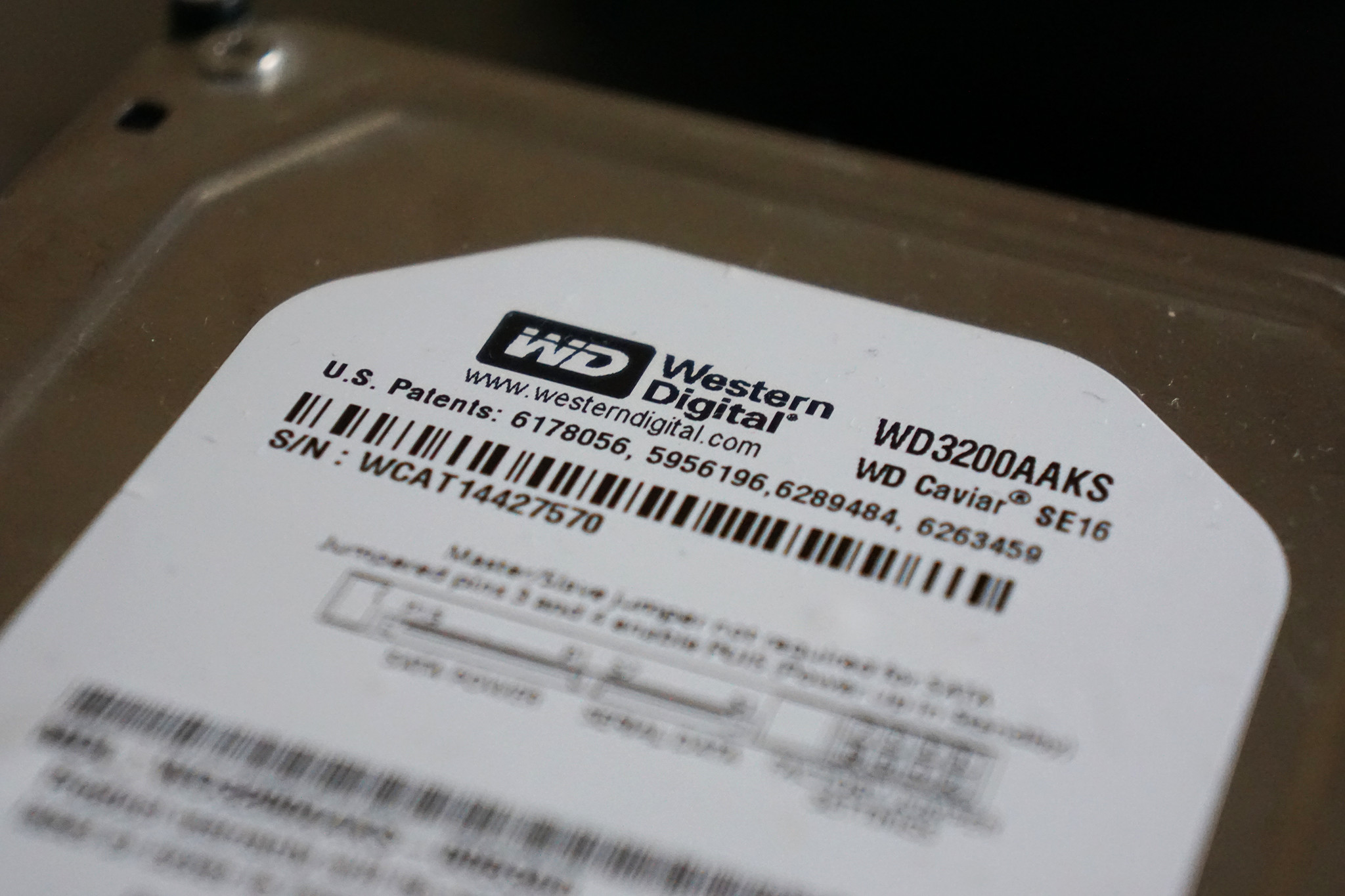Five ways to get your iPhone, iPad, and Mac backups going for 2017!

As the old saying goes, one copy is no copy and two copies is as good as one. What that means is, unless you have good local backups—plural—and online redundancies, you're only one failure, accident, theft, or other incident away from catastrophe—from the loss of everything that's digitally vital to you. That's why you need to have a plan in place. Luckily, both iOS and macOS make it easy to get started and have plenty of options available so you can get serious as well!
1. Local backup
Your first line of defense for any disk failure or damage is a local backup. On macOS, Apple provides the built-in Time Machine apps that will automatically create incremental backups—as long as you have an external drive or Time Capsule hooked up. The great thing about Time Machine being incremental is that, if you only need to recover a few files or folders, or even older versions of them, you can do that without a full restore. Since you may want to backup multiple versions and multiple machines, you'll need a hard drive at least as big as the one(s) you're backing up, although in this case, the more the better.
If you want to back your iPhone or iPad locally as well, you'll need to connect them to iTunes, make a backup—make it encrypted, so it stores your passwords securely as well—and then Time Machine will copy that data over as well.
- How to backup your Mac with Time Machine
- Apple Time Capsule on Amazon
- Western Digital external hard drive on Amazon
- Western Digital portable external drive on Amazon
2. Clone
Although Time Machine is great for incremental backups, if you ever have to do a complete recovery it can be time consuming. A bit-identical clone, on the other hand, isn't just fast to restore, you can boot off of it in a pinch and get right back to work immediately in case of emergency. You still need an external hard drive, but in this case it doesn't store your backup—it becomes your clone. That means you simply need to match the size of your internal drive. You also need an app, since cloning isn't built into macOS. Both SuperDuper! and Carbon Copy Cloner can get the job done.
If you want to back your iPhone or iPad as part of the clone, you'll still need to connect them to iTunes and make a backup—make it encrypted, so it stores your passwords securely as well.
- SuperDuper!
- Carbon Copy Cloner
- Western Digital external hard drive on Amazon
- Western Digital portable external drive on Amazon
3. Offline + offsite
If you have incredibly personal data you can't afford to lose but also don't want to risk on anyone else's servers, you can make an additional copy or clone on an additional drive and keep it somewhere else. If it's home data you can keep it at work. If it's work data you can keep it at home. You can keep it with a relative or friend, if you trust them. You can keep it in a locked drawer, a safe, even a safety deposit box at a bank. Then, every week or month or so, you can swap it with a recently updated version so it's always as up-to-date as possible. And if a fire, break-in, or anything else ever takes out your primary data, your backup is still safe. It's old-fashioned, but it works.
4. Online backup
Offline backups might be private but they're also a pain. If you don't mind trusting your data to someone else's servers, there are online options that are basically set-it-and-forget-it. Sign up, sign in, and from then on the bits just float up to the cloud.
iMore offers spot-on advice and guidance from our team of experts, with decades of Apple device experience to lean on. Learn more with iMore!
On iOS, Apple provides the built-in iCloud Backup that keeps all your data safe on the company's servers—as long as you have enough space left on your account. On macOS, not so much. Luckily, there are a couple of company's that provide inexpensive, reliable online backup, including Backblaze and Crashplan. Experts can even roll their own using Amazon or a similar service. They'll copy every bit of your data to their servers and then let you download it again if and when you need it. For large amounts of critical data, some will even take and send drives to speed things up.
5. Online storage
Backing up your entire drive is effective but not always convenient. It also provides security but not synchronization. While you should absolutely have local and online backups, you may also want to keep your most important files safe and synced via online storage. Apple provides the built-in iCloud Drive, which is accessible through both iOS and OS X. Dropbox, though, is typically regarded as the fastest and most flexible solution. Google also offers its own online drive, as does Microsoft. If you use their services, you'll have the best time using their storage. All of them are cross-platfom, so you can pick the one that suits you best and access all your files from anywhere.
Your backup plan?
If you already have a backup plan for your data, let me know what it is! If not, let me know what you end up going with!
Updated January 2017.

Rene Ritchie is one of the most respected Apple analysts in the business, reaching a combined audience of over 40 million readers a month. His YouTube channel, Vector, has over 90 thousand subscribers and 14 million views and his podcasts, including Debug, have been downloaded over 20 million times. He also regularly co-hosts MacBreak Weekly for the TWiT network and co-hosted CES Live! and Talk Mobile. Based in Montreal, Rene is a former director of product marketing, web developer, and graphic designer. He's authored several books and appeared on numerous television and radio segments to discuss Apple and the technology industry. When not working, he likes to cook, grapple, and spend time with his friends and family.

